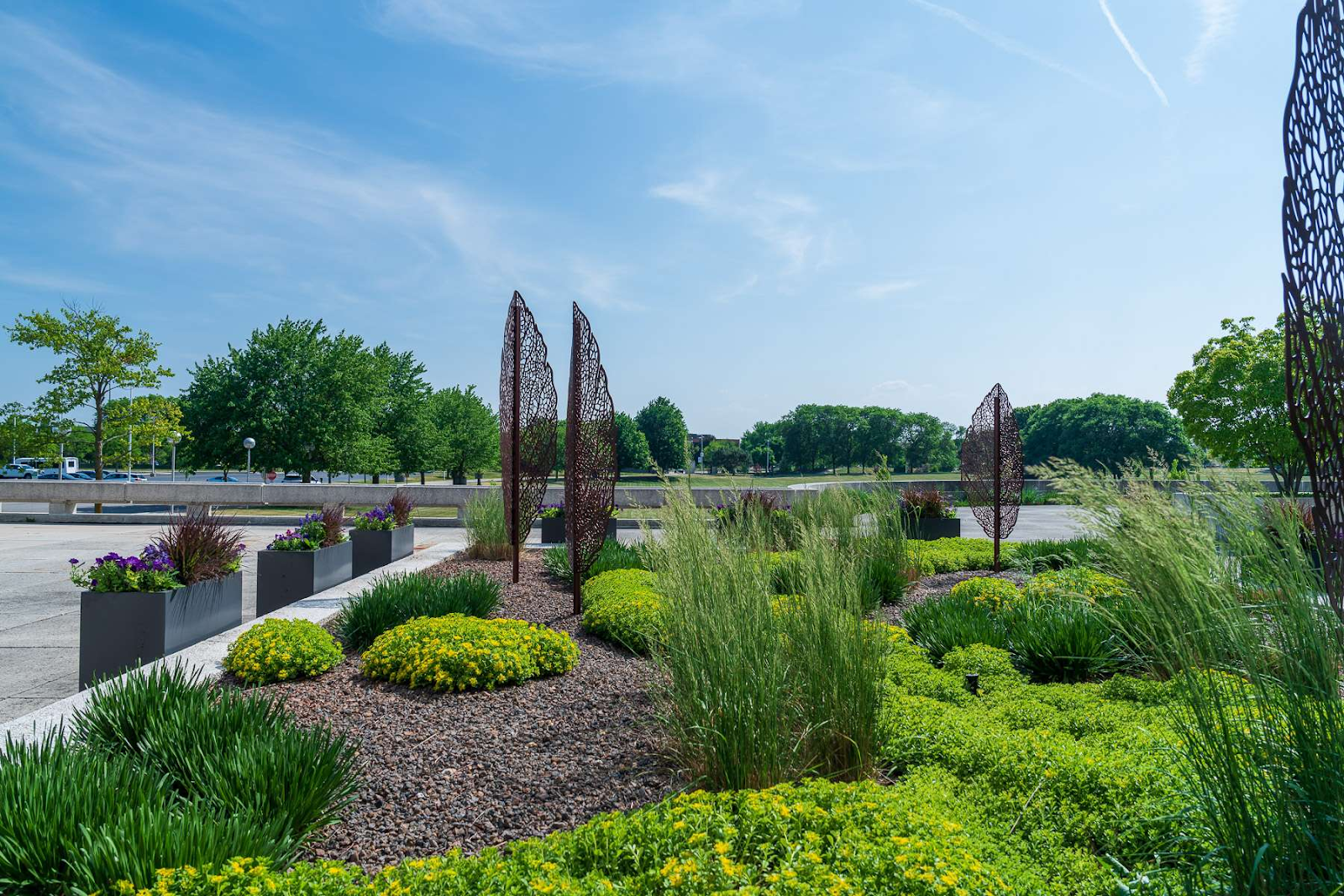Commercial landscaping plays a big role in making business properties look attractive and welcoming. A well-maintained outdoor area can leave a positive impression on visitors, customers, and employees. It also improves the overall environment around a building and can even increase property value.
However, maintaining a commercial landscape can be challenging because it requires planning, regular care, and smart strategies. In this article, we will explore five practical tips for commercial landscaping that help keep outdoor spaces healthy, appealing, and easy to maintain.
Plan with Purpose
Before planting or designing, it is important to plan with purpose. A clear plan considers the type of business, the property layout, and the climate of the area. You should choose plants and trees that can grow well in the local environment and require minimal maintenance.
Planning also involves deciding the location of walkways, seating areas, and decorative features. By thinking ahead, you can create a landscape that looks good all year and avoids problems such as overcrowded plants or poor drainage.
Choose the Right Plants
Selecting the right plants is a key factor in successful commercial landscaping. Use plants that can survive the local weather and resist common pests and diseases. Low-maintenance plants, such as native shrubs and grasses, reduce the need for frequent watering and trimming.
Trees that grow slowly and have strong roots can provide shade and improve the property’s appearance for many years. Flowering plants can add color and interest, but they should be chosen based on the season and their care requirements.
Invest in Irrigation System
Irrigation is essential for keeping plants healthy and green, especially in commercial areas with large spaces. Installing an efficient irrigation system saves water and ensures that all plants receive the right amount of moisture.
Drip irrigation and sprinklers can reach different parts of the landscape without wasting water. Regularly checking the system helps prevent leaks or overwatering, which can harm plants. Irrigation also allows the landscape to stay attractive even during dry periods.
Maintain Regularly
Regular maintenance is the backbone of a beautiful commercial landscape. This includes mowing the lawn, trimming shrubs, removing weeds, and cleaning up fallen leaves or debris. Keeping the landscape tidy makes it more inviting and prevents problems such as pest infestations or plant diseases.
Scheduling maintenance tasks in advance helps ensure that the property always looks its best. Employees or landscaping professionals can follow a plan to maintain different areas at the right times.
Add Functional Elements
Adding functional elements enhances both the look and usability of a commercial landscape. Paths, benches, lighting, and signage can make outdoor spaces more enjoyable for visitors and employees. Decorative features like fountains, sculptures, or planters can improve the visual appeal while complementing the overall design.
Functional elements should be placed carefully to ensure safety and ease of use. By combining beauty and practicality, a commercial landscape becomes a welcoming area that supports the property’s goals and creates a positive experience for everyone.
Conclusion
Commercial landscaping requires attention, planning, and smart choices to make a property look attractive and professional. By planning with purpose, choosing the right plants, using proper irrigation, maintaining regularly, and adding functional elements, businesses can create outdoor spaces that are both beautiful and practical.
These strategies not only improve the property’s appearance but also make it more enjoyable for employees and visitors. A well-cared-for landscape reflects the business’s values and can leave a lasting impression on everyone who sees it.

